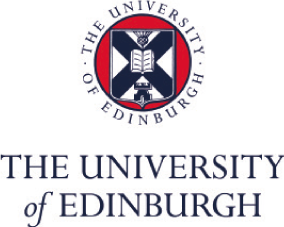The origins of laboratory medicine are often traced to the establishment of a small clinical laboratory in Guy’s Hospital, London, in 1828. Here, in a small side-room, medical students used sterilisers, incubators and microscopes to identify bacteriological organisms in biological samples taken from the patients in the ward next door. In this simple removal of bodily fluid from the patient’s body and its transfer to a laboratory bench a few metres away, it is possible to see the ‘laboratory revolution’ that transformed European medicine in the mid-nineteenth century (Cunningham and Wiliams, 1992). With the rise of the laboratory, the site of production of medical knowledge and authority shifted from the hospital bed to the laboratory bench. Medical scientists and students identified diseases within disinterred organs, tissues and fluids, rather than the patient body, laboratory technology came to dominate medical practice, and the biological and experimental sciences exerted a new supremacy over clinical medicine.
Yet, in 2003 when I was a PhD student in social anthropology setting off to study the practice of biomedicine in Papua New Guinea’s public hospitals and clinics, the story of laboratory medicine told by European medical historians provided little insight to the everyday clinical work of doctors, nurses, or indeed laboratory technicians.






